Marvel has released a steady slew of new superhero movies and TV shows over the past few years. But unlike some other titles, the newly released “Black Panther: Wakanda Forever ” features a cast of prominent female heroes.
In the past, many of these movies solely cast actresses as a superhero’s love interest. When they did include female superheroes, these characters were often hypersexualized. In an interview with HelloBeautiful (a website dedicated to providing a space for Black women to explore the subject of beauty), Scarlett Johansson talked about her debut as Black Widow in “Iron Man 2.”
She said, “While [the movie] was really fun and had a lot of great moments… the character is like so sexualized … talked about like she’s like a piece of something and like a possession.”
But, Johansson also discussed the major improvements in her character’s storyline for the stand-alone Black Widow movie.
“It’s changing now. Now people, young girls, are getting a much more positive message, but it’s been incredible to be a part of that shift and be able to come out the other side and be a part of that old story, but also progress.”
New strong female main characters (such as Scarlet Witch, Captain Marvel, She-Hulk, and Ms. Marvel) show the improvements in the industry. These characters are not as sexualized or diminished to only being another character’s romantic interest. Additionally, all the superheroes listed above have their own movie/TV series that focuses on developing their character.

In “Black Panther: Wakanda Forever,” Shuri is the next Black Panther as well as the main character in the sequel. This is a major deal because 15 years ago, writers and directors wouldn’t have let a woman step into such a beloved character.
Despite the positive changes, the film industry still needs to make more improvements. A report by the Women’s Media Center (WMC) includes a survey that states 63% of girls ages 10 to 19 want more female role models in film. That same report also said that only 14% of sci-fi/superhero films from 2009-2018 had female solo leads compared to 31% with female/male co-leads and then 55% with male solo leads.
Another issue with female representation is female characters not being relatable. The WMC survey states 65% of girls 10 to 19 don’t see enough relatable characters of their gender. Female superheroes fighting intense battles with a full face of makeup while only receiving one aesthetic cut is unrealistic.
One way to increase realistic female representation in movies is for entertainment companies/producers to hire more female directors. Acclaimed movies such as “Captain Marvel,” “Wonder Woman” and “Black Widow” all had female directors.
Female representation in superhero films has improved over the years, but screenwriters and entertainment companies still need to include more female lead roles. Hiring more female directors also contributes to more relatability of these cinematic role models.
The views in this column do not necessarily reflect the views of the HiLite staff. Reach Nora Mariano at [email protected].
Read a related opinion piece here about BIPOC representation in media.







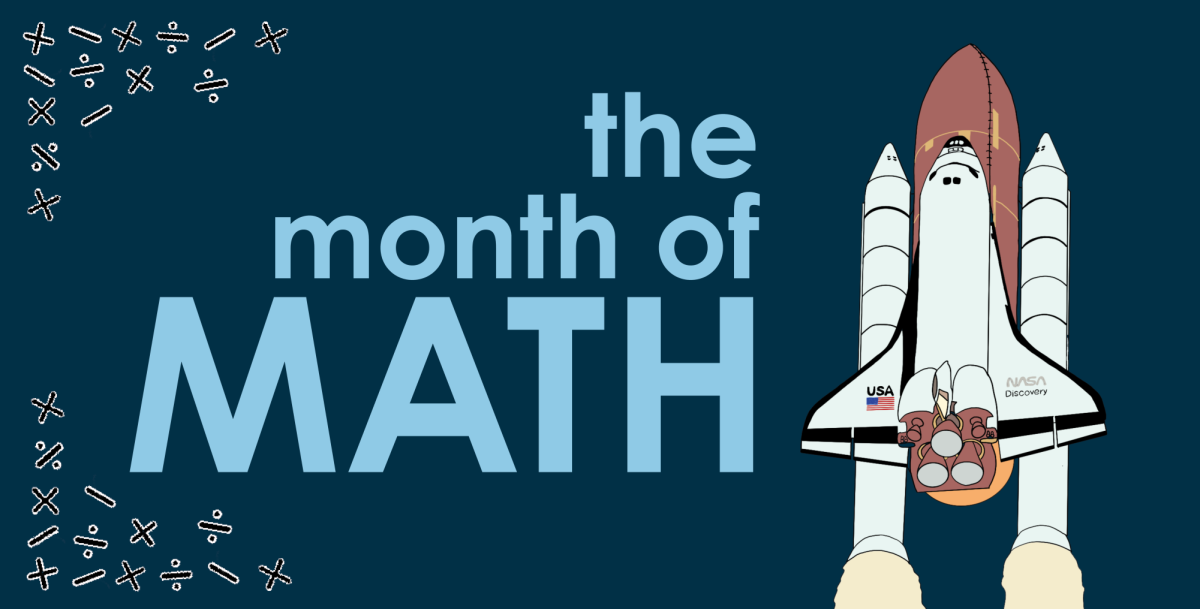












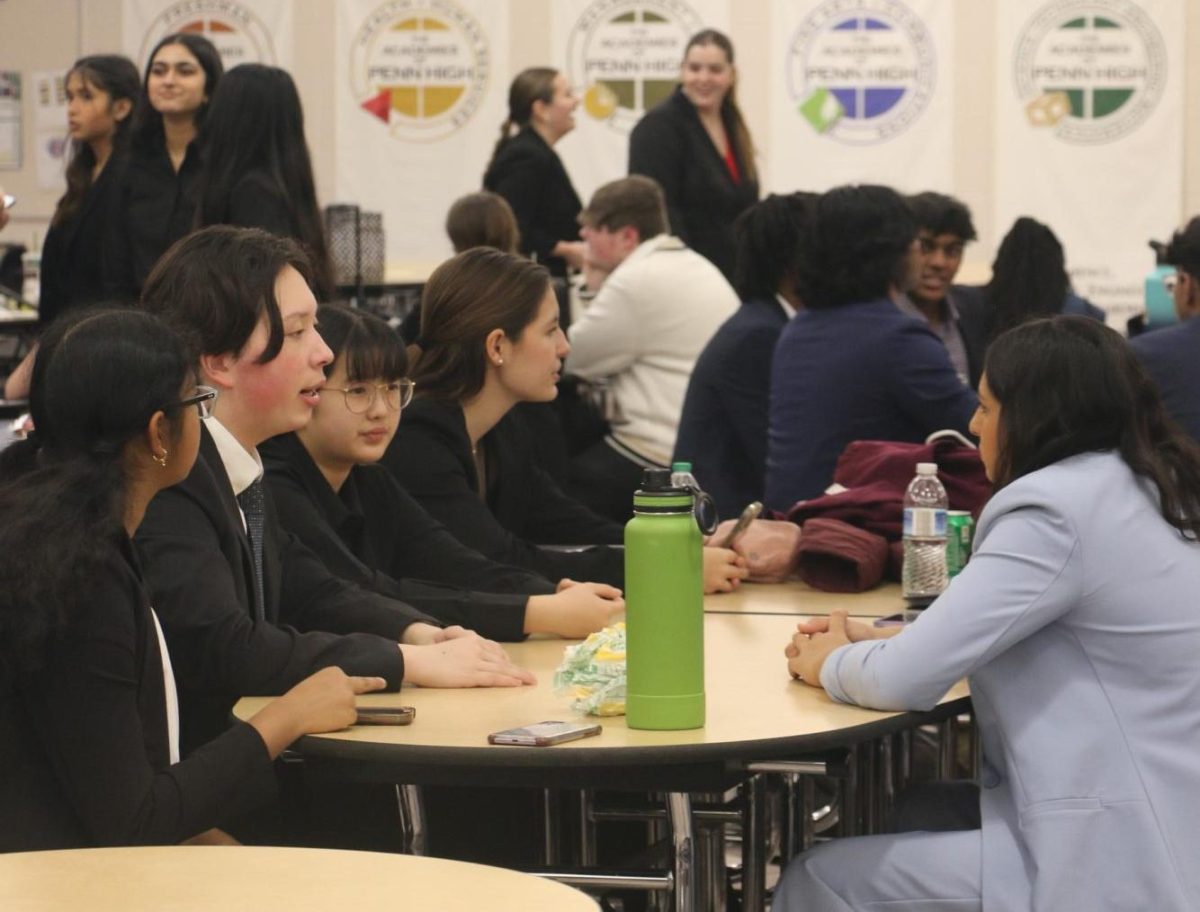









![Family vlogger controversy, need for content reform [opinion]](https://hilite.org/wp-content/uploads/2024/05/Screenshot-2024-05-14-11.33.37-AM-1200x465.png)



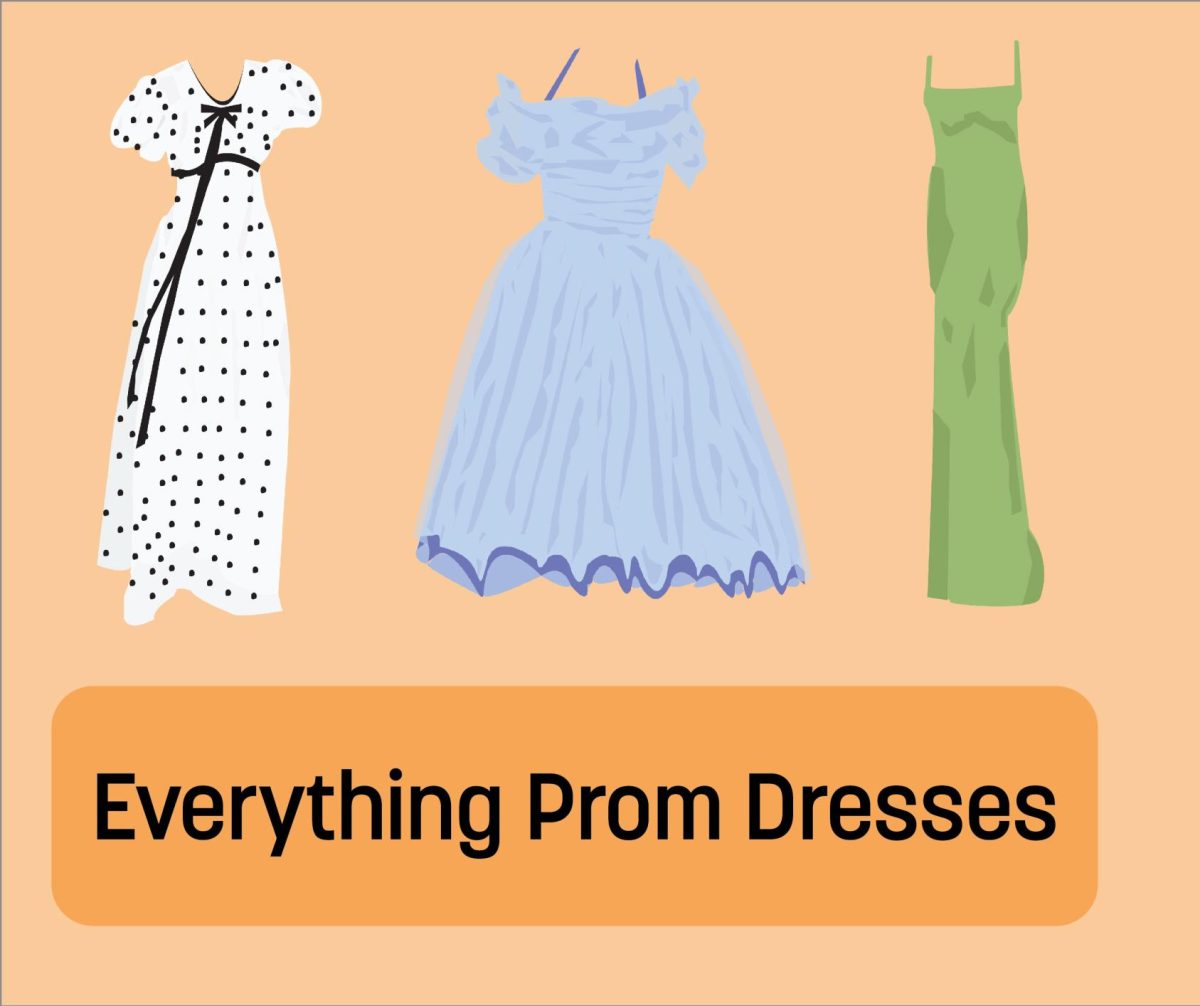
















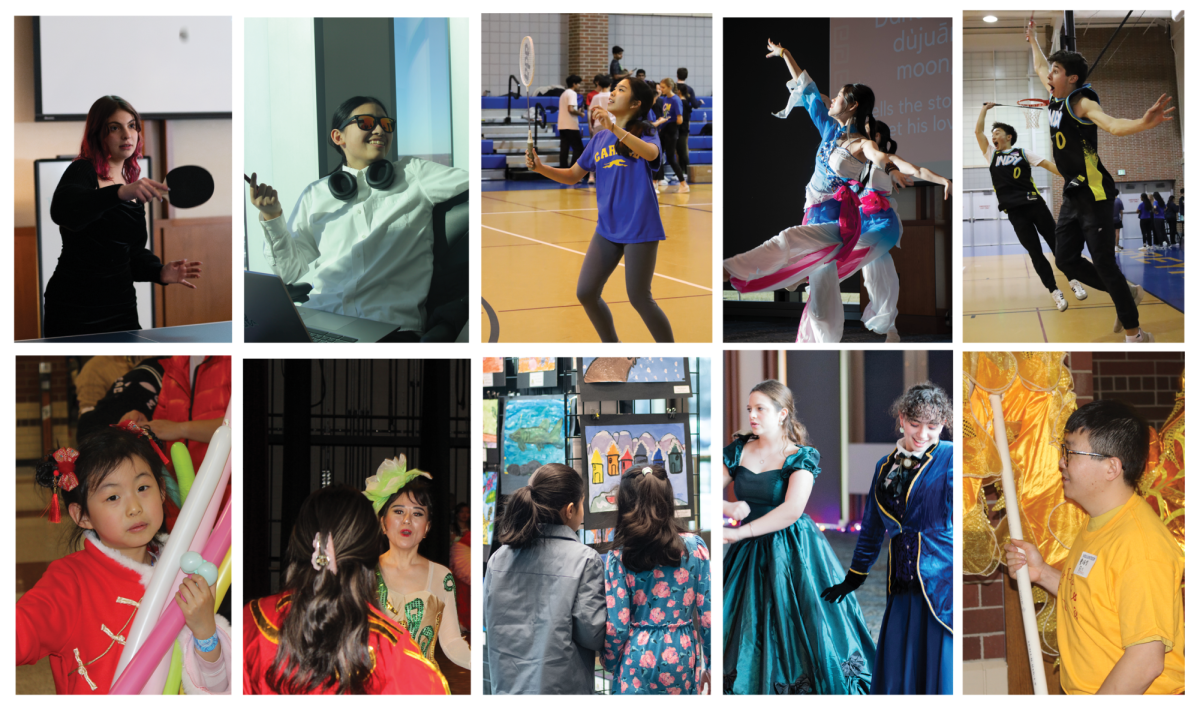







![Review: Taylor Swift’s new album The Tortured Poets Department is not her best work but is still a brilliant album [MUSE]](https://hilite.org/wp-content/uploads/2024/05/The-Anthology_Cover-1200x675.webp)
![Review: Challengers does it all [MUSE]](https://hilite.org/wp-content/uploads/2024/05/challengers-poster-1200x600.png)
![Review: A House of Flame and Shadow by Sarah J. Maas was a disappointing read [MUSE]](https://hilite.org/wp-content/uploads/2024/05/house-of-flame-and-shadow-feature.png)
![Review: Conan Gray’s new album, “Found Heaven”, is a refreshing twist on modern music [MUSE]](https://hilite.org/wp-content/uploads/2024/05/Screenshot-2023-10-31-at-16.01.05.webp)
![Review: “Bodies, Bodies, Bodies” is the quintessential Gen-Z movie [MUSE]](https://hilite.org/wp-content/uploads/2024/05/Screenshot-2024-05-15-140618.png)
![Review in Print: Maripaz Villar brings a delightfully unique style to the world of WEBTOON [MUSE]](https://hilite.org/wp-content/uploads/2023/12/maripazcover-1200x960.jpg)
![Review: “The Sword of Kaigen” is a masterpiece [MUSE]](https://hilite.org/wp-content/uploads/2023/11/Screenshot-2023-11-26-201051.png)
![Review: Gateron Oil Kings, great linear switches, okay price [MUSE]](https://hilite.org/wp-content/uploads/2023/11/Screenshot-2023-11-26-200553.png)
![Review: “A Haunting in Venice” is a significant improvement from other Agatha Christie adaptations [MUSE]](https://hilite.org/wp-content/uploads/2023/11/e7ee2938a6d422669771bce6d8088521.jpg)
![Review: A Thanksgiving story from elementary school, still just as interesting [MUSE]](https://hilite.org/wp-content/uploads/2023/11/Screenshot-2023-11-26-195514-987x1200.png)
![Review: When I Fly Towards You, cute, uplifting youth drama [MUSE]](https://hilite.org/wp-content/uploads/2023/09/When-I-Fly-Towards-You-Chinese-drama.png)
![Postcards from Muse: Hawaii Travel Diary [MUSE]](https://hilite.org/wp-content/uploads/2023/09/My-project-1-1200x1200.jpg)
![Review: Ladybug & Cat Noir: The Movie, departure from original show [MUSE]](https://hilite.org/wp-content/uploads/2023/09/Ladybug__Cat_Noir_-_The_Movie_poster.jpg)
![Review in Print: Hidden Love is the cute, uplifting drama everyone needs [MUSE]](https://hilite.org/wp-content/uploads/2023/09/hiddenlovecover-e1693597208225-1030x1200.png)
![Review in Print: Heartstopper is the heartwarming queer romance we all need [MUSE]](https://hilite.org/wp-content/uploads/2023/08/museheartstoppercover-1200x654.png)














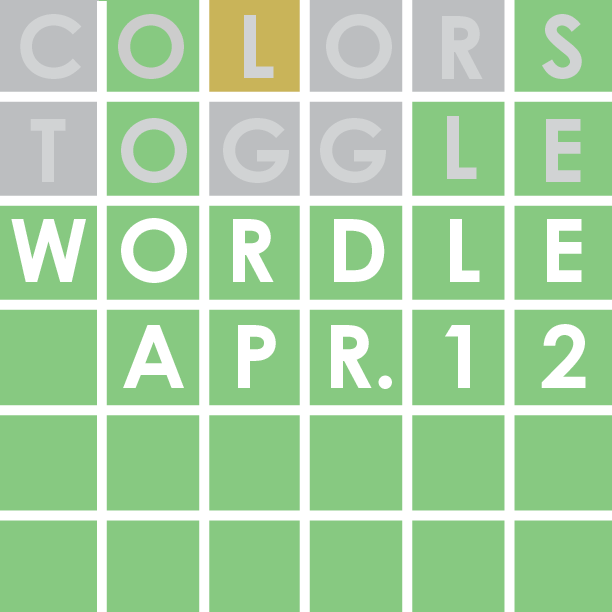







![Review: “Ginny & Georgia” is a dramatic and poorly made emotional rollercoaster–and I loved it anyway [MUSE]](https://hilite.org/wp-content/uploads/2024/03/ginny-and-georgia-season2-main-be37bbb9487a41e88b3f66c3baacd5c3-300x177.jpg)
![Review: Witch Hat Atelier is a masterpiece in art and world-building, but the story has only begun [MUSE]](https://hilite.org/wp-content/uploads/2024/01/unnamed-211x300.png)
![Review: “Mysterious Lotus Casebook” is an amazing historical Chinese drama [MUSE]](https://hilite.org/wp-content/uploads/2024/03/0-300x170.webp)
![Review: “A Little Life” by Hanya Yanagihara is the epitome of a heartwrenching masterpiece [MUSE]](https://hilite.org/wp-content/uploads/2024/01/unnamed-5-300x200.png)




